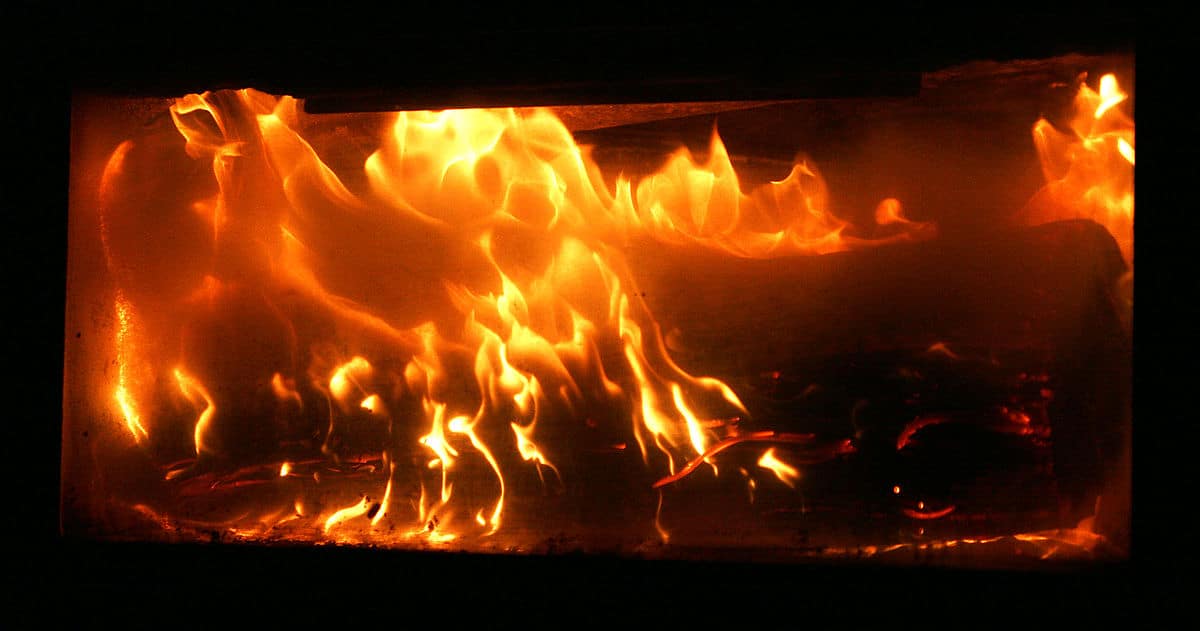Fired Heater Firebox Explosions – Deflagration vs. Detonation
One of the most common pieces of equipment in the process industries is the fired heater, where a fuel is burned in order to heat process materials for various reasons related to separations and reactions. Fired heaters also usually employ a large number of safety instrumented functions to reduce their risk to tolerable level, preventing scenarios where the potential consequence is an explosion of a gas cloud of uncombusted fuel and air. While an explosion is possible its consequence are generally less severe in comparison to a detonation of a condensed phase explosive that would release the same amount of energy. The explosion is expected to be a less severe deflagration. The video below was put together to explain the difference between deflagrations and detonations, explain how vapor cloud combustion reactions are generally deflagrations that might transition to detonations under the right circumstances, and explain why fired heater firebox explosions are not only very unlikely to result in a detonation – but why the scenario surrounding a firebox explosion generally results in a weak (less destructive) deflagration.
https://www.youtube.com/watch?v=T-kscEGMYz4&feature=youtu.be

